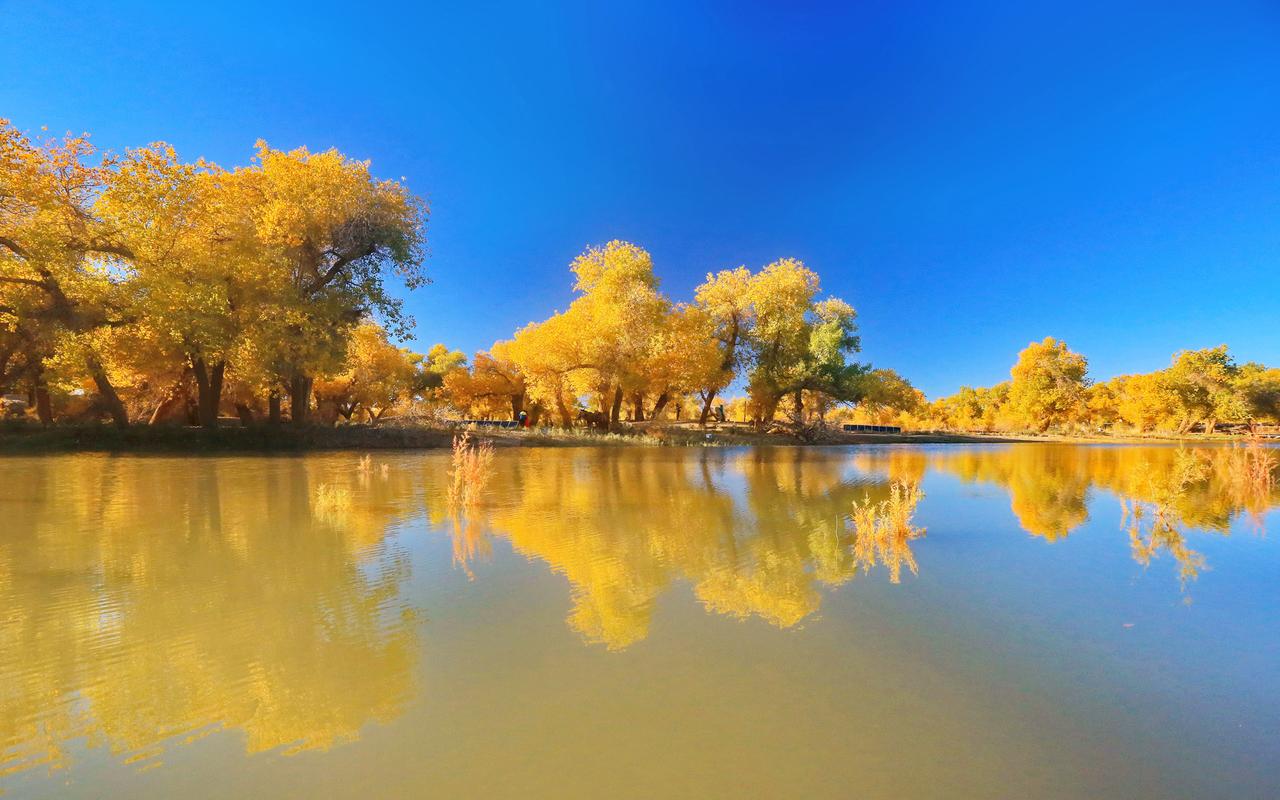The Ultimate Guide to Backpacking Yosemite in May: Tips and Tricks
Are you planning a backpacking trip to Yosemite in May? With its stunning mountains, waterfalls, and diverse wildlife, Yosemite National Park is a backpacker’s paradise. But, planning a backpacking trip in Yosemite can be challenging, especially for beginners. In this guide, we’ll provide you with the ultimate tips and tricks to help you make the most of your backpacking trip to Yosemite in May.
When to Visit
May is an excellent time to visit Yosemite. With the winter snow melting, the waterfalls are at their peak, and the park is less crowded than during the summer months. However, the weather can be unpredictable, with temperatures ranging from chilly to warm, and rain or snow possible. Be sure to pack accordingly and check the weather forecast before heading out.
Permits
If you plan to backpack overnight in Yosemite, you’ll need a wilderness permit. Permits are required for all overnight stays in the backcountry and are issued on a first-come, first-served basis, up to 24 weeks in advance. You can obtain permits online or in person at the park’s wilderness center. Keep in mind that they can sell out fast, so plan accordingly.
Routes and Trails
Yosemite has a vast network of trails, ranging from easy day hikes to challenging multi-day backpacking routes. If you’re new to backpacking, it’s best to start with shorter trips, and gradually work your way up to longer, more challenging routes. Some popular backpacking routes in Yosemite include the Half Dome, Clouds Rest, and the John Muir Trail. Be sure to research your chosen trail and its difficulty level to ensure that it matches your skill level and physical fitness.
Camping and Shelters
When backpacking in Yosemite, you have two options for camping: backcountry camping or staying in designated campsites. If you plan to camp in the backcountry, be sure to follow proper Leave No Trace principles and set up camp at least 100 feet away from water sources and trails. If you prefer to stay in designated campsites, be sure to reserve your site well in advance. Yosemite also has a network of wilderness shelters that can be used on a first-come, first-served basis if you don’t want to carry a tent or have unexpected weather conditions.
Food and Water
When backpacking, it’s crucial to pack enough food and water for your trip. Yosemite has several water sources, including streams, lakes, and rivers. However, you must filter and treat all water before drinking to avoid waterborne illnesses. Pack lightweight, calorie-dense food that won’t spoil easily, such as energy bars, dehydrated meals, and nuts. Be sure to pack enough food for the entire trip, plus some extra in case of an emergency.
Wildlife and Safety
Yosemite is home to several types of wildlife, including black bears, mountain lions, and rattlesnakes. Make sure to store your food in bear canisters or bear-proof bags, and never leave food unattended. If you encounter a bear, make loud noises and back away slowly. When hiking, stay on designated trails, and be aware of your surroundings. Be prepared for sudden weather changes, and always carry a map, compass, and emergency whistle.
Conclusion
Backpacking in Yosemite is an excellent way to experience the park’s stunning wilderness. With proper planning and preparation, you can have a safe and enjoyable trip. Remember to research your route, obtain permits, pack enough food and water, and abide by Leave No Trace principles. By following these tips and tricks, you’ll be ready to tackle Yosemite’s backcountry and create memories that will last a lifetime.
(Note: Do you have knowledge or insights to share? Unlock new opportunities and expand your reach by joining our authors team. Click Registration to join us and share your expertise with our readers.)
Speech tips:
Please note that any statements involving politics will not be approved.
